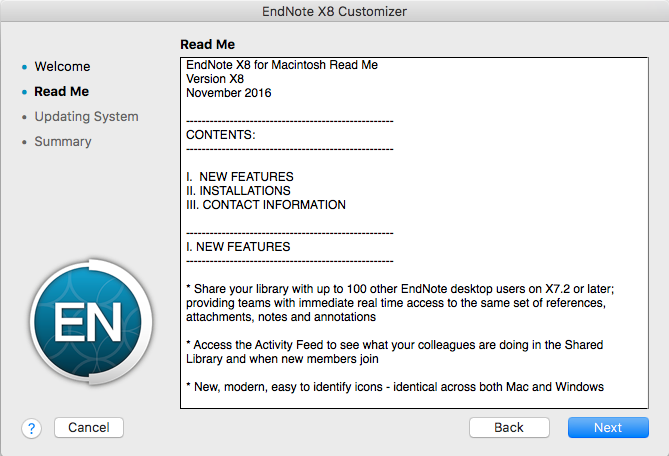


(2004) Lost at Sea: where is all the plastic? Science 304: 838.

Thompson RC, Olsen Y, Mitchell RP, et al. Gregory MR (1996) Plastic 'scrubbers' in hand cleansers: a further (and minor) source for marine pollution identified. Microplastics in urban New Jersey freshwaters: distribution, chemical identification, and biological affects. This technique can also be used to identify compounds detected in biota that may be the result of ingesting plastics or plastic-associated compounds.Ĭitation: B. Specific “fingerprint” patterns can categorize the class of plastics present in a waterbody and identify compounds associated with the particles.

Using two analytic methods (SPME GC/MS and Pyr-GC/MS) allows unambiguous identification of compounds associated with microplastic debris and characterization of the major plastic type(s). Embryonic zebrafish exposed to P圜G/MS- identified pure polymers in the 1–10 ppm range exhibited altered growth and heart defects. Patterns of tentatively identified compounds were similar to patterns obtained in Pyr-GC/MS. Identical retention times for GC peaks found in both fractions indicated compounds can move between the two phases, potentially available for uptake by aquatic biota in the dissolved phase. Samples were further characterized using solid phase micro extraction coupled with headspace gas chromatography/ion trap mass spectrometry (HS-SPME-GC/ITMS) to identify organic compounds associated with the: (i) solid microplastic fraction, and (ii) site water fraction. Three types of plastic polymers were identified using pyrolysis coupled with gas chromatography (Pyr-GC/MS). Using field collected microplastic samples obtained from the heavily urbanized Raritan and Passaic Rivers in New Jersey, microplastic densities, types, and sizes at 15 sampling locations were determined. A third objective was to test whether identified associated compounds might have physiological effects on an aquatic organism. The goals of the study were to determine whether urban New Jersey freshwaters contained microplastic pollutants, and if so, to test analytic techniques that could potentially identify chemical compounds associated with this pollution. This proof of concept study was undertaken to test methodologies to characterize potential environmental risk associated with the presence of microplastics in surface waters.


 0 kommentar(er)
0 kommentar(er)
